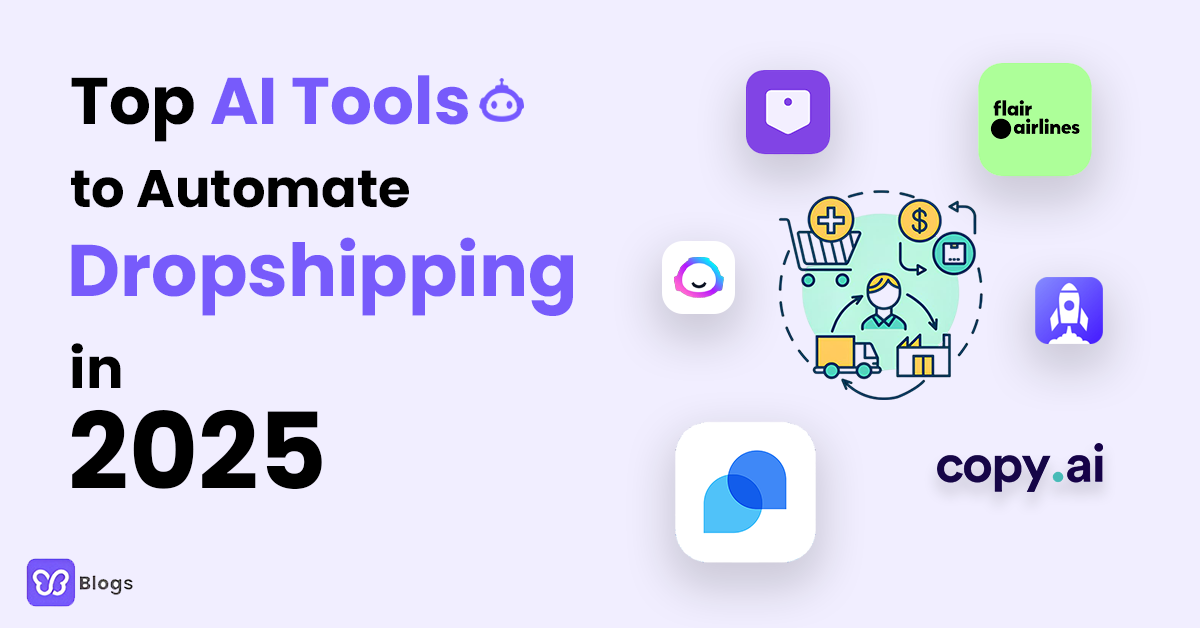The internet allows people to access your website from any corner of the world. A 35-year-old lady can access your website from Africa, or an 18-year-old boy from China can easily reach you within a few seconds.
Wouldn’t it be great to convert your international audience to your customers?
But, there is a major problem!
Your website visitors differ in many aspects. They come from different locations, speak different languages, have different currencies, etc.
So, can you use your website’s existing infrastructure and marketing strategies to entertain your diverse audience? Can you deliver the content that leads your visitors from foreign countries into your customers?
Yes, you can! The answer is Geo-Targeting.
So...
What is Geo-Targeting?
Geo-targeting means delivering content to visitors based on their geo-location. The criteria include country, city, region, zip code, IP address, etc.
A website or platform determines the user’s location by IP address, Wi-Fi, or GPS data. It then displays the content that is specific to the user’s location.
You can see the most common example of geo-targeting on SERPs.
Have a look at the following example. See how Google shows different results to users according to their location.
Here are the results on Google.com for “Chinese Restaurant” for users in Rome:
Did you notice that all the locations are in Italy?
Here’s another example of the same search query. But this time from Dubai, UAE:
So, did you see it?
The results on SERPs were location-specific. Google showed the restaurants according to the user's location. Imagine if Google showed the same results to both users? Do you think it will generate the same conversions?
Let’s take another example, this time from a famous fashion website Versace.
See how it shows its homepage to a user in France.

Now, look at how it shows its homepage to an American user:

Can you notice the difference between language and currency?
The website adjusts its language, and currency based on the location of its users.
Now you’re probably wondering: Does using geo-targeting increase conversions?
The thing is...
Using geo-targeting provides a lot of benefits to the business and gears it up for more conversions.
Let’s discuss the advantages of using geo-targeted marketing:
Advantages of Using Geo-Targeted Marketing
Here are a few of the many advantages of using geo-targeted marketing:
1. Increases The Quality Of Traffic to the Website
Geo-targeting enables you to run your campaigns in an area where your prospects are in abundance. This brings better traffic to your website and has a direct effect on your ROI.
Better traffic means you’ll get more leads and increased chances of conversions. Also, better quality traffic means that your website will have a lesser bounce rate.
The visitors will have a high buying intent and will likely spend more time exploring your products on the website.
Next is...
2. Year-Long Marketing of Specific Season Goods
Is it possible to sell woolen coats during the summer?
Or to sell patio furniture during a snowstorm?
Yes, it is!
No, I am not kidding. You can sell anything to people all year round. Thanks to geo-targeting.
Let’s take an example here:
Suppose you sell winter clothing to people. The summer season arrives, and people keep away their winter clothing. Do you think they’ll buy from you?
No, they won’t. Because they don’t need warm clothes in the summer.
But there are many other areas where the winters aren’t over yet. You can sell your products to those cities or countries. So, you can market winter clothing to Alaska, South Dakota, etc., all year round.
Oh, and apart from targeting countries, you can also target a specific age group. Let’s talk more about it.
3. Target Specific Demographics

Geo-targeting can help you reach the right demographic. Especially if you sell goods for a specific age group.
For instance, you sell products or services for senior citizens. You can run your campaigns in regions with a wide senior citizen demographic.
Similarly, if your goods are for young people, you can conduct market research to target them. It is more effective to market your goods in areas where your targeted audience is abundant.
Let's move on to the next...
4. Target Specific Countries or Languages
With Geo-targeting, the entire world is your market. You can target countries and even languages to bring quality leads to your website.
Let’s say you're selling French novels at your Shopify store. By using geo-targeting, you can run your Google ads to appear in regions with many French readers.
This helps in lowering the PPC cost and getting organic traffic to your site.
5. Lower PPC Costs
National pay-per-click campaigns can be expensive for small businesses with a limited budget. Not to mention, it brings a lot of unqualified leads.
But with geo-targeting, you can attract a potential audience without draining your budget.
Thus, geo-targeting is an effective way to create and run highly targeted ads.
However, geo-targeting has its own downsides as well.
Disadvantages of Geo-Targeted Marketing
1. Privacy Concerns
Every day, hundreds of applications and websites request users' locations. The users turn down these requests and do not share their locations with the business.
They’re concerned about their privacy and don’t want the business to track their location. So, if the user has turned off his location on the cellphone, geo-targeting marketing will not work effectively.
So, if the user has turned off his location on the cellphone, geo-targeting will not work effectively. Because it needs users’ accurate location to work.
2. Accuracy
If the user’s device location is inaccurate, geo-targeting won’t work.
There are many reasons for the data inaccuracy, such as moving devices, high urban density, etc.
For example, you're running PPC ads for certain locations in the city. A motorcyclist won’t see the ads even if he’s in the area because his cell phone moves to different areas.
However, the benefits of geo-targeting marketing outweigh its disadvantages. And I believe it’s worth a shot.
So, do you want to give geo-targeting a try? Yes?
Great, let’s move on and learn more about geo-marketing.
How To Use Geo Marketing To Drive Conversions?
1. Define Your Audience
Like any other form of marketing, geo-marketing starts with understanding the audience.
Start by finding the sources of traffic to your website from different locations. It’ll help you understand the frequency of traffic generated from different areas.
Here's how:
Head over to Google Analytics and go to Audience. Click on Geo, and then Location.
Then, you'll see a list of countries appearing on the screen. It shows where your website traffic is coming from.
Next, click on the country to find a breakdown of the cities that generate traffic.
So, this appeared on my screen after clicking USA:
If you want to further break down the cities into areas, click on any of the cities. And that’s not it…
You can also find how many people visit your website via mobile or desktop.
Isn't that great? This will definitely help you curate a highly targeted ad for your audience.
Once you're done defining your target audience, you can now...
2. Focus On Right Locations
Once you have the data about your traffic location. It’s time to focus on creating the right strategy for the visitors of that location.
So, let’s say you receive huge traffic from the USA. The marketer can create deals and special offers to boost sales from that location.
And suppose a business receives a low volume of traffic from the UK. In that case, it will adopt a different strategy to increase traffic from that area.
The marketer has to apply different techniques in different areas based on his goals.
3. Set Goals
Why are you interested in geo-marketing? What are you hoping to achieve with it?
Make sure you have the answers to the above questions before you create your campaigns.
Without having crystal-clear goals, you won’t be able to create a solid marketing strategy. The following are some of the common goals for geo-marketing:
- Boost sales from a particular location
- Increase brand awareness in a region
- Promotion of local or regional events to capture leads
- Getting more traffic from a certain country
- Target new customers
Be very specific about your goals. It will help you measure the success of your campaign.
After setting your goals, it’s time to optimize your website’s content to cater to the needs of a diverse audience.
4. Optimize Website Content

Make sure that your website’s content is set for visitors from different locations. You can show different deals to people according to their time zone, season, special event, etc.
For instance, a website shows breakfast deals to an Asian audience. And it shows dinner deals to the American audience as both have different time zones.
Similarly, you can match the page’s language to the audience’s country of origin. Like American users will see the content in English. Whereas the visitors from Mexico will see the page in Spanish.
Also, display the prices in different currencies, depending on visitors’ countries of origin. The US citizens can see the prices in dollars, and the European visitors can see it in euros.
The last step is…
5. Test and Measure
After creating the campaign, it’s time to measure its results. Check if your marketing campaign is helping you achieve your goals or not.
If you see it isn’t bringing the desired results, you can tweak changes in your campaign according to your goals.
And that’s it...
Use Geo Marketing To Reach The Right Audience And Boost Conversions...
Geo-targeted marketing is simple and beneficial for business owners, sellers, and publishers. It makes the campaign highly targeted and improves local SEO.
Using geo-marketing is an amazing way to reach the right prospects and boost your sales.
Amp up your geo-targeted marketing with Debutify! Its sales-boosting add-ons ensure that you make the most of every visitor at your Shopify store.
So...
Never Miss A Geo-Specific Lead Again By Using Debutify's Automatic Geo-Location Feature!
Precise Location. Accurate Prices. Every Time!




